Is Belizna suitable for disinfection and in what proportions should it be diluted?
Content:
In many cases, "Whiteness" for disinfection is the best option. This drug contains 8% active chlorine, therefore it is a powerful antiseptic and successfully fights most microorganisms. The basis of “Whiteness” is sodium hypochlorite. If you use it without exceeding the recommended proportion, then it cannot cause harm to a person.
It can be used for linen and dishes, floors and enamel baths. “Whiteness” is used to clean aquariums, water filters and wells. It is also indispensable in farmsteads - for disinfecting animal cages and their bedding.
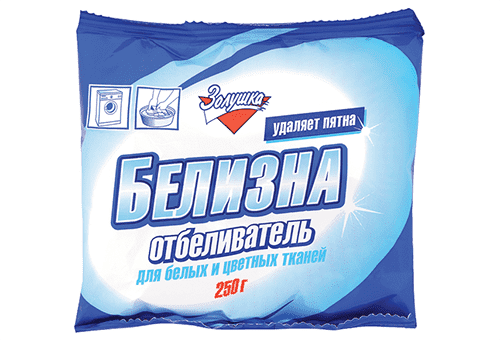
Whiteness for disinfection against Coronavirus - proportions
In this situation, we do not use it for washing, but to disinfect premises from COVID -19.
We dilute: 60–100 milliliters of “Whiteness” per liter of water
This solution can disinfect almost anything that could potentially get the virus: tiles, tiles, door handles. In short, everything, everything, everything. Again, normal washing at high temperatures kills everything that moves.
Rules for using “Whiteness” in an apartment
Many housewives use this product to bleach fabrics and know the dosage.However, for disinfection, a solution of a different concentration is used: 60-100 ml of “Whiteness” per 1 liter of water. They can be used to wash dishes after an infectious patient, floors, washbasins and toilets.
A different method is used to disinfect sewer drains. At night, pour 1 liter of undiluted “White” into the toilet bowl or washbasin neck and close it with a stopper or lid. In the morning, wash off with plenty of water. This method allows you to get rid of both germs and unpleasant odors.
Advice
When working with “Whiteness”, do not forget about safety precautions - wear gloves. For prolonged contact or when using a concentrated solution, a respirator and safety glasses are required.
If there are animals in the house
Sodium hypochlorite is an inexpensive, effective and easy-to-use product for cleaning and disinfecting pet litter boxes.
- You need to add 100 ml of “White” per liter of water.
- Rinse the tray with the resulting solution.
- After this, rinse it thoroughly.
It is enough to carry out this treatment once a week. The rest of the time, the “pot” is cleaned with ordinary detergent. If there are a lot of animals in the apartment and they leave marks, then “Whiteness” can perform the functions of both disinfection and deodorization. In this case, you need to treat the floor and walls (where animals mark them) with a weak solution (no more than 50 ml of “Whiteness” per liter of water). This type of cleaning should be done as often as possible.
Cleaning the water filter
Disinfection of filters in the “Reverse Osmosis” cleaning system with “White” is carried out when replacing cartridges.
Instructions for use
- After removing the cartridges and reverse osmosis membrane, you need to screw in the second and third flasks in the direction of water flow.
- The tube from the purified water tap is connected to the tee (instead of the carbon filter).
- 10 ml of “Belizna” is poured into the first flask and water is added, after which the flask is twisted.
- After 15-20 minutes, you need to open the water supply tap and the purified water tap.
- When the smell of chlorine is clearly audible from the purified water tap, close the taps and wait several hours.
- After this, the taps are opened again and water flows until the chlorine is completely washed out.
After this treatment, the filter is completely disinfected, you can insert the membrane and a new carbon filter.
"Whiteness" for cleaning the well
Chlorination in a well must be carried out in the correct proportions and strictly following the instructions for use.
- Pump out the water or scoop it out (at shallow depths).
- Clean the walls with a stiff brush.
- Prepare a solution: 600 ml of “Whiteness” per 10 liters of water.
- Treat the walls of the well and the upper superstructure along with the lid. This is best done with a spray bottle.
- After filling the well with water, the same solution is poured into it at the rate of 1 liter per 1 ring.
- Stir the water by lowering and raising the bucket.
- Cover the well head with polyethylene to prevent chlorine evaporation and leave for 6-10 hours.
- Pump out the water until the smell of chlorine disappears.
Attention!
During disinfection, well water should not be used for drinking or cooking. After chlorination, it is recommended to boil it for 5-7 days.
Aquarium disinfection
Sodium hypochlorite is often used to clean the aquarium of growths and microorganisms accumulated there. Moreover, the walls (glass) and decor are cleaned with a solution of varying concentrations.
Instructions for disinfecting aquarium decor
- 8-10 liters of warm water are poured into the container.
- Add 1 liter of “Whiteness” there.
- Immerse the aquarium decor in the solution and leave for several hours.
- After this, all elements are thoroughly cleaned and washed.
Advice
Decorative elements with a porous surface should be washed especially thoroughly, shaking out the remaining water from the pores. If this is not done, sodium hypochlorite will enter the aquarium and may negatively affect its inhabitants.
The aquarium glass is treated with a chlorine solution after cleaning the algae. This can be done in two ways.
- Apply the solution (dosage - 50 ml of “Whiteness” per liter of water) with a sprayer, trying to cover the entire surface. After a few hours, rinse the aquarium thoroughly with water.
- Pour the “White” solution into the aquarium and let it stand for 6 hours, then rinse thoroughly.
Disinfection in animal cages
Disinfection in animal cages must be carried out at least 2 times a year. If an infection gets there and the animals get sick, then additional treatment is carried out.
Instructions for disinfecting rabbit cages
- Animals are removed from the cages (or go to slaughter).
- “Whiteness” is sprayed over the entire surface of the cells, especially careful treatment is carried out in the corners and on the floor.
- After 2-24 hours, the treated surface is washed with a strong stream of water. If you have a steam generator, it is better to use it.
- After the rabbit enclosures have completely dried, the young can be populated.
To treat bird cages (aviaries), a different solution is used - 200 ml of “Belizna” per 5 liters of water. Five minutes after surface treatment, they are washed with clean water. Processing is carried out in the absence of birds.
Period and storage conditions of “Belizna”
You can store undiluted “Belizn” for up to a year. Specific terms are indicated by the manufacturer.It must be kept in a tightly closed container and in a dark place. Do not allow the product to freeze. At sub-zero temperatures, the solution loses its properties and is not restored when heated. Like other household chemicals, “Belizna” should be kept out of the reach of children.
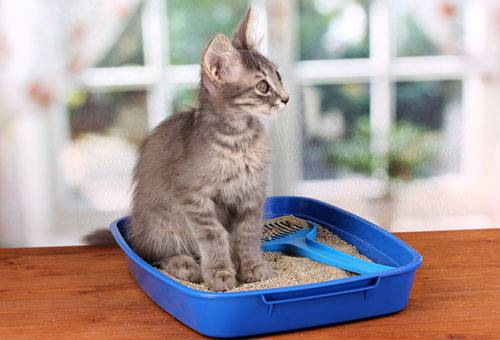
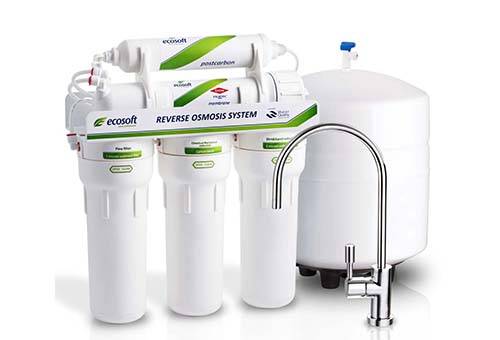
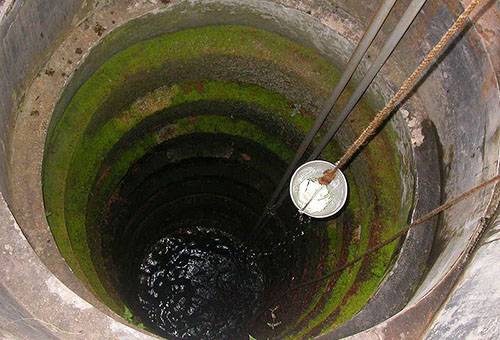
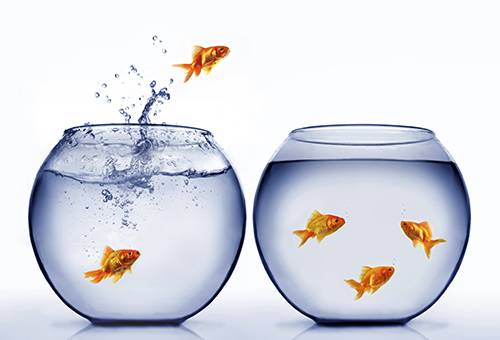
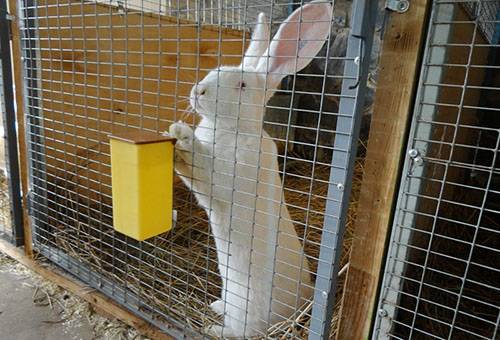
when disinfecting a well, I quote: “After chlorination, it is recommended to boil it for 5-7 days.” I have a question: should I boil for 5-7 days directly in the well or should I boil for 5-7 days just before cooking?
And considering that a person can live without water for 3 days, how can he not die of thirst 2 times while the water is boiling for 5-7 days, and preferably not die even once?
Here I would like to introduce that it is better to boil the water before drinking (if you like to drink unboiled water, for example) for 5-7 days, use water from the well only in boiled form. And after 7 days, for example, you can use it unboiled.